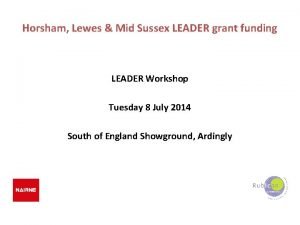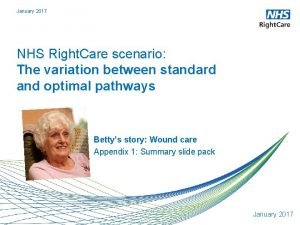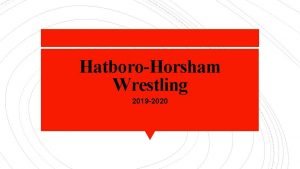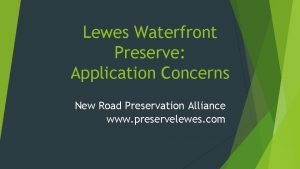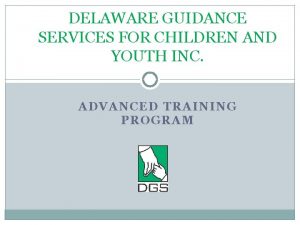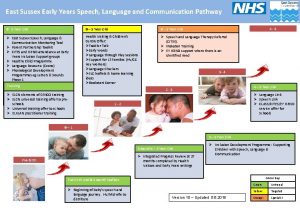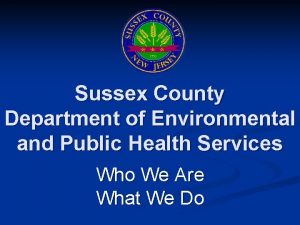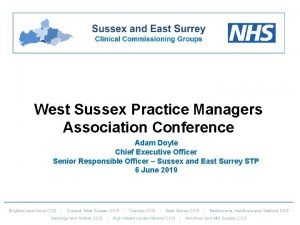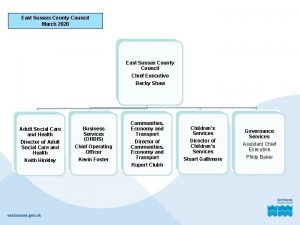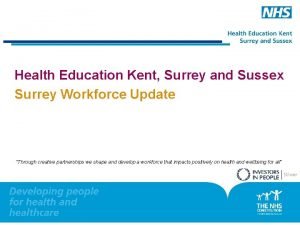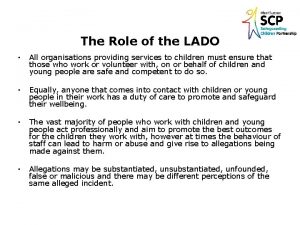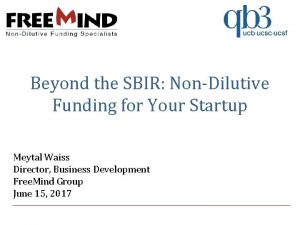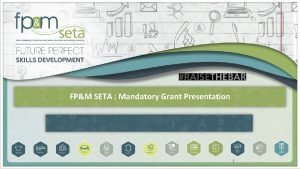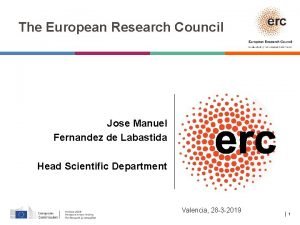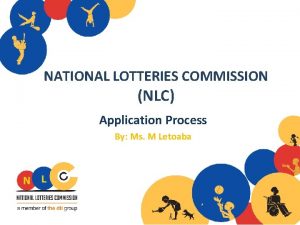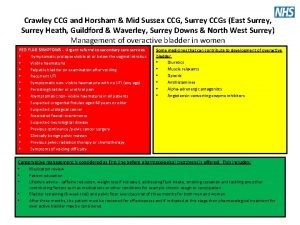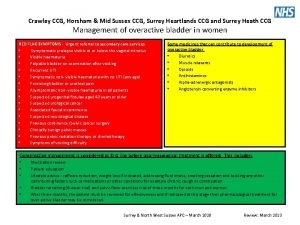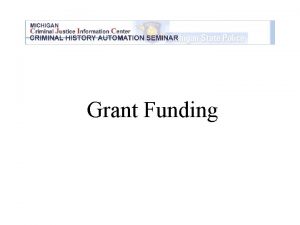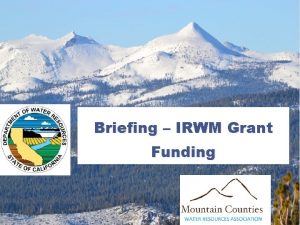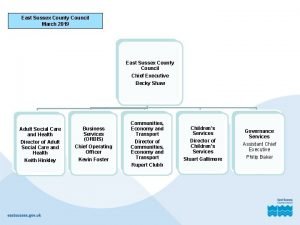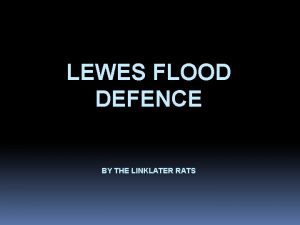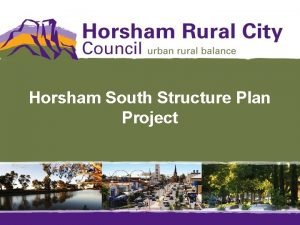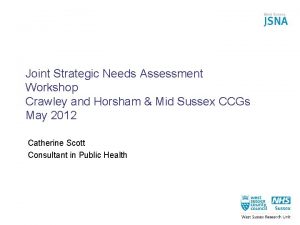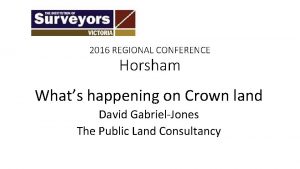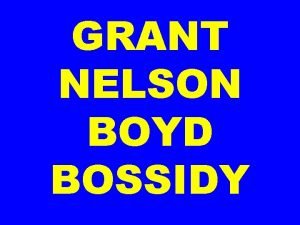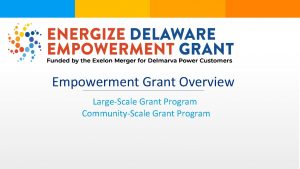Horsham Lewes Mid Sussex LEADER grant funding LEADER


































- Slides: 34

Horsham, Lewes & Mid Sussex LEADER grant funding LEADER Workshop Tuesday 8 July 2014 South of England Showground, Ardingly

Workshop Aims • To explore how LEADER grants could help businesses and communities in the future. • To contribute to the development of the Local Development Strategy by: – agreeing the distinctive characteristics of the Horsham, Lewes and Mid Sussex rural area – identifying priorities and potential activities • To help develop a successful bid to Defra for more LEADER funding.

Workshop Programme 13. 00 - 13. 10 - 13. 40 - 13. 50 - 14. 00 - 14. 30 - 14. 45 - 15. 30 – 15. 50 – 16. 00 Welcome & introduction The LEADER Experience 2008 -2013 LEADER 2015 -2020 Horsham, Lewes and Mid Sussex LEADER Area Round Table Discussion (1) - Local Characteristics and Priorities Feedback Round Table Discussion (2) – The LEADER Ten Project Challenge Feedback and Questions Next Steps and Close

The LEADER Experience 2008 -2013 • David Hurst – Horsham, Lewes & Mid Sussex Local Action Group • Richard Chalk – LEADER Project Officer

LEADER 2008 -2013 A local business and community led rural development programme. Aims: • Improve the competitiveness of farming and forestry • Support a diverse and successful rural economy • Develop vibrant and thriving rural communities Part of the Rural Development Programme for England Defra – Managing Authority Budget delegated to Local Action Group – public, private and civil society representatives - to deliver a Local Development Strategy.

Sussex Downs & Low Weald and Three Harbours & Coastal Plain LEADER 2008 -2013

LEADER 2008 -2013 Three Harbours & Coastal Plain Priorities • Local food links • Rural enterprise and heritage • Addressing climate change and managing resources • Upgrading and regenerating infrastructure Sussex Downs & Low Weald Priorities • Supporting farmers and growers to modernise and diversify • Revitalised woodlands • Local food and produce • Successful micro businesses and a thriving visitor economy • Community hubs • Connected rural communities Awarded capital grants up to £ 50, 000

LEADER 2008 -2013 Population Total grant (2001 census) awarded Number of projects Average grant Sussex Downs & Low Weald 145, 000 £ 1. 6 m 83 £ 19, 782 Three Harbours & Coastal Plain 111, 000 £ 1. 2 m 70 £ 17, 429 Total 256, 000 £ 2. 8 m 153 £ 18, 729 Total value of projects = £ 9. 1 m



OUTPUTS FOR THE RURAL ECONOMY New jobs created 142 Existing jobs sustained 320 Existing businesses supported 125 New business start ups 13

RURAL COMMUNITY BENEFITS Population benefiting from improved services/facilities 70, 919 New & existing village halls & community centres 19 New community shops 5 New & existing recreational & educational facilities 22

About LEADER 2015 -2020 Bruce Nairne, Nairne Ltd

Focus of Activity The National Pot £ 138 million – Possible allocation around £ 1. 6 m (including admin) – Allocated on rural population & rural challenges – Not all LAGs will necessarily be funded 70/30 Split – 70% of projects must directly support the rural economy – Remaining 30% must also contribute to improving the local rural economy Jobs and Growth

Policy Priorities 1. Increasing farm productivity 2. Support for increasing forestry productivity 3. Support for micro and small enterprises and farm diversification 4. Support for rural tourism 5. Provision of rural services 6. Support for cultural and heritage activity

Sussex Downs & Low Weald and Three Harbours & Coastal Plain LEADER 2008 -2013

Proposed LEADER Areas 2015 -2020

The Local Development Strategy • Key determinant of who gets funded – – – Locally determined needs Proposed activities and example projects Clear programme management arrangements Aligned to LEP rural priorities Competitive bidding process • Also needs to demonstrate – Integration – Innovation – Co-operation & Networking

Horsham, Lewes & Mid Sussex LEADER Area profile, Needs and Opportunities David Howells, Rubicon Regeneration Ltd

Horsham, Lewes & Mid Sussex LEADER geography

Horsham, Mid Sussex & Lewes LEADER area: Market Towns

Some Facts about the LEADER area • Resident population: 147, 659 – 130, 362 people living in rural areas – 17, 297 people living in Lewes • Age profile is older than that in England – 41% of all residents aged 50+ – Only 19% of residents aged 16 -34 yrs • Well qualified and skilled resident population – 35% of all local residents have a degree • High levels of part-time employment (31%) and self-employment (22. 4%) • Low levels of unemployment (4. 9%) • 8, 300 enterprises – More than 9 out of 10 employ fewer than 10 people • Housing affordability is a major issue: average house prices in the High Weald are 142% higher than in the south east

The Environment

Agricultural Land Quality

Farming and Food (1) • Important to the rural economy: 4, 500 people employed on farms in East Sussex • Average size of units smaller that regional / England average: issues regarding viability and competitiveness • Varied farming sector: more livestock based farming • High proportion of grazing land but poor quality of agricultural land • Excellent examples farm diversification • Ageing farming population and difficulty in getting young farmers into the sector

Farming and Food (2) • Viability of small growers/farming enterprises particularly access to supermarkets • Growing networks/brands for local food and drink brands • Scope to grow local purchasing by hospitality/retail sector • Specialist land-based training e. g. Plumpton and Brinsbury • New sectors such as viticulture

Woodland Forestry Assets

Woodland Forestry • Area contains extensive areas of woodland, particularly in the High Weald, includes broadleaf, coniferous, coppice and ancient forest • Significant woodland bio-diversity • Great scope to extend economic use of woodland, specifically support for innovation and product development for higher value local uses • Some innovative examples of wood-fuel usage • Challenge is to increase the proportion of woodlands in productive management • Costs of providing access for effective exploitation and management

Micro and Small Business • • Diverse business base dominated by micro and small enterprises Area of entrepreneurs: high levels of self-employment and home working High proportion of seasonal and part-time employment Robust manufacturing sector: more than 450 manufacturing businesses in the area High percentage of high value businesses in professional, scientific and technical sector Limited opportunities for business premises Balancing employment development with environmental concerns/planning constraints Retail sector in market/small towns challenged by e-purchasing

Tourism, Culture and Heritage • High quality rural environment supports a well-established visitor economy (Tourism spend of £ 500+m supporting over 11, 500 jobs in Horsham, Mid Sussex and Lewes District) • Significant historic, archaeological and cultural assets, e. g. Glyndebourne • Opportunity to increase over-night stays (‘hub’ for visitors to access other areas): • Need for range of good quality visitor accommodation • Sectors with particular scope for further development: - Sport and active recreation (equine sport; field sports) - Environment linked visitor activities – walking, cycling, bird watching - Sustainable development/promotion (One Land) - Capitalise on events and festivals

Rural services and communities • Strong community spirit supports festivals/arts events; interest in local food projects; neighbourhood plans • Older age profile • High housing costs; pockets of deprivation • Public transport network impacts access/affordability of access to work • Challenge of sustaining village and market town services • Poor broadband mobile connectivity, with some connectivity ‘nonspots’

Horsham, Lewes & Mid Sussex DISCUSSION 1 LOCAL CHARACTERISTICS AND PRIORITIES SWOT – Are these right? Have we missed anything? Local Priorities – Are these the right ones?

Horsham, Lewes & Mid-Sussex DISCUSSION 2 The TEN Project Challenge 1. Farming/Forestry Productivity & Farm Diversification 2. Rural Tourism, Culture and Heritage 3. Micro and Small Enterprises 4. Rural Services

Next Steps • • • Draft Local Development Strategy (LDS) - end of July 2014 Further consultation - early August 2014 LDS submitted to Defra - 5 September 2014 Defra announces outcome - November 2014 New LEADER programme launched - January 2015 • We will keep you informed Keep the project ideas coming Tell us if you are interested in joining the Local Action Group. • Letters of support – will be useful Richard. Chalk@westsussex. gov. uk
 Leader grant funding
Leader grant funding Aquafit classes horsham
Aquafit classes horsham Saxon weald horsham
Saxon weald horsham Hatboro horsham wrestling
Hatboro horsham wrestling Lewes waterfront preserve
Lewes waterfront preserve Delaware guidance services lewes de
Delaware guidance services lewes de Transactional vs transformational leadership
Transactional vs transformational leadership Michael lawrence sussex
Michael lawrence sussex West sussex
West sussex Cites east sussex
Cites east sussex Philip harris sussex
Philip harris sussex Sussex msk partnership east
Sussex msk partnership east Sussex county board of health
Sussex county board of health West sussex ccg merger
West sussex ccg merger Mark stainton east sussex
Mark stainton east sussex Feudal system anglo saxons
Feudal system anglo saxons Western sussex hospitals nhs foundation trust board
Western sussex hospitals nhs foundation trust board Fire risk assessment east sussex
Fire risk assessment east sussex What does sussex pledge mean
What does sussex pledge mean Beowulf time period
Beowulf time period Sussex pledge
Sussex pledge Safeguarding east sussex
Safeguarding east sussex Asset management east sussex
Asset management east sussex Sussex and wessex
Sussex and wessex Health education kent, surrey and sussex
Health education kent, surrey and sussex West sussex lado
West sussex lado Nondilutive funding
Nondilutive funding Mandatory grant
Mandatory grant Yann werner
Yann werner Erc funding
Erc funding Scival funding
Scival funding Isro seminar grant
Isro seminar grant Non-dilutive funding landscape
Non-dilutive funding landscape Swot analysis of bewakoof
Swot analysis of bewakoof National lottery funding application form 2010/1
National lottery funding application form 2010/1
